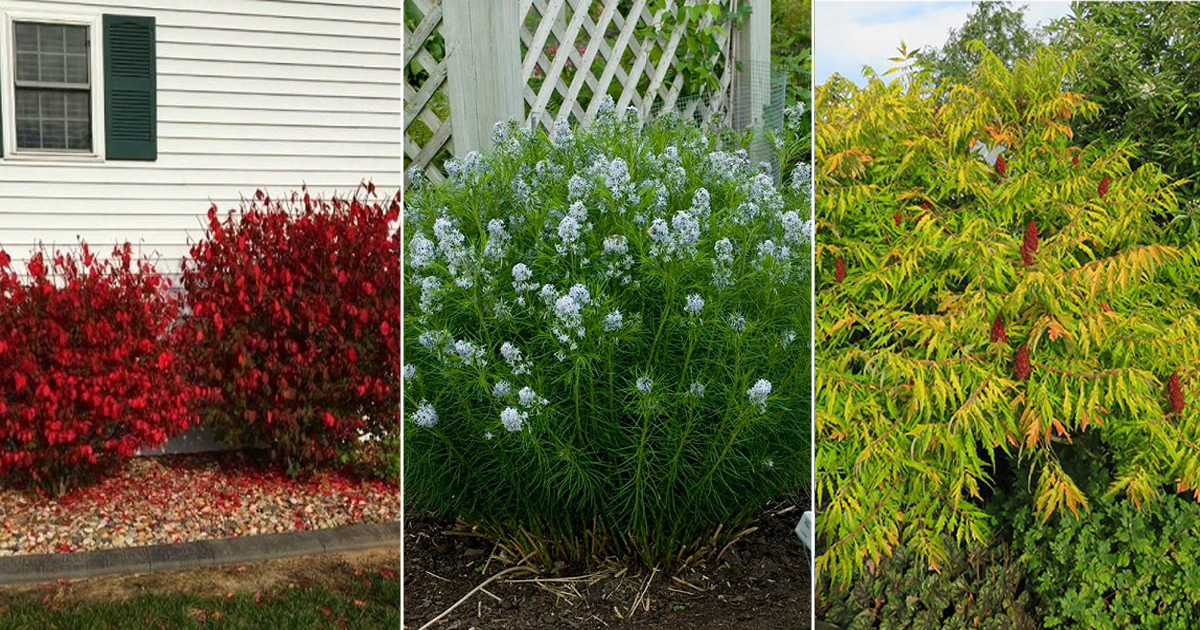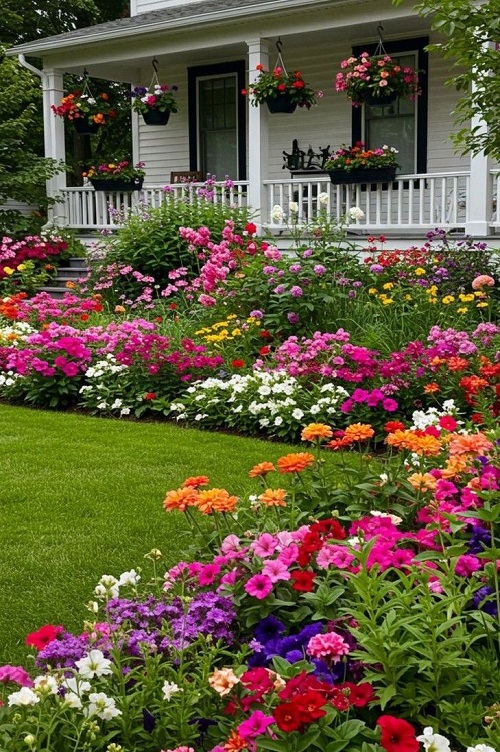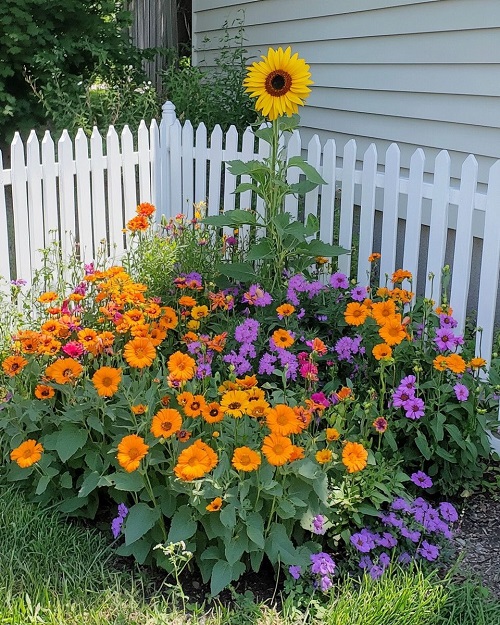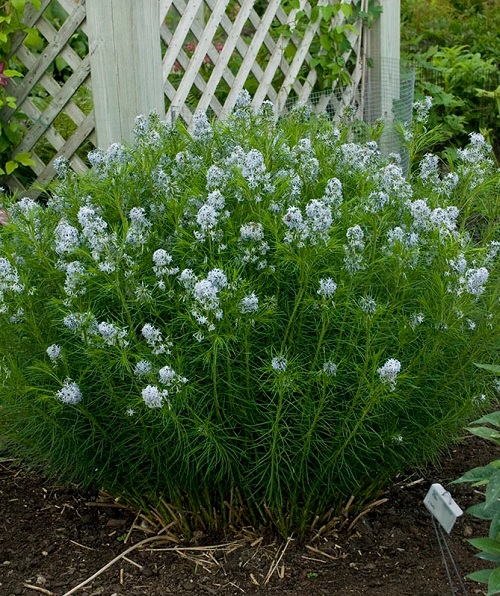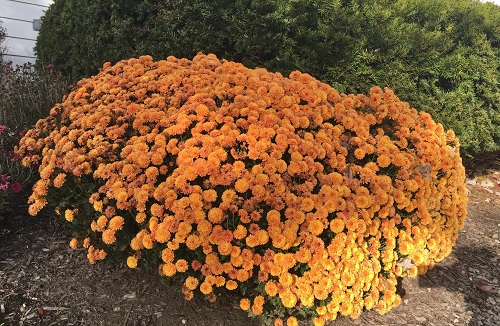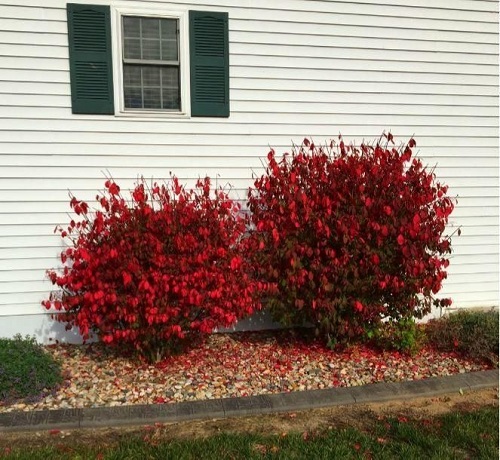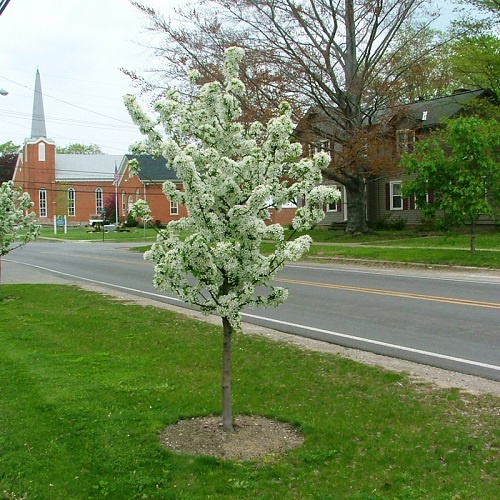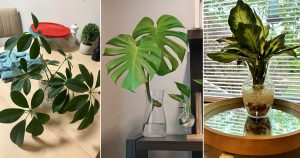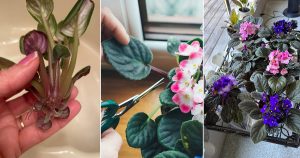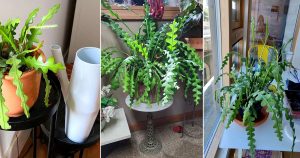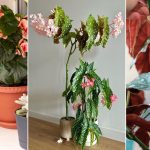Add lasting beauty to your autumn garden with late-blooming plants that keep your outdoor space full of vibrant colors until frost.
Late-blooming plants can keep your garden bright and cheerful even as summer ends. These hardy flowers and shrubs bring fresh bursts of color to fall landscapes. With the right choices of Late-blooming Plants for Colorful Fall Gardens, you can create a stunning display that lasts well into the crisp fall season.
Late-blooming Plants for Colorful Fall Gardens
It wasn’t so long ago that gardeners began putting their gardens to bed for the winter on Labour Day: pulling out all annuals, tying up shrubs, and cutting perennials to the ground. After all, the growing season was over. But today’s garden is increasingly seen as a spot that can be beautiful year-round, and rather than closing down their beds in autumn, gardeners now want colour until the snow flies, or even beyond.
And it’s so easy to achieve. Hundreds of plants offer fall colours to carry your landscape through to early winter. Autumn interest comes from flowers, of course—numerous plants bloom from mid-September through November—but also from bright foliage and attractive fruit and berries. So, infuse your patch with all three. Such plants are available in so many categories (bulbs, perennials, trees, shrubs, grasses) and grow under such a wide range of conditions (sun or shade, rich or poor soil, dry or moist conditions) that there is something for every environment.
A good rule of thumb to ensure late-season colour is that 20 per cent of your plants should be in bloom or fruit, or sport colourful leaves at the beginning of fall. Choose your flowers with care, however, in short-season climates, some, such as nippon daisy (Nipponanthemum nipponicum), bugbane (Actaea simplex), and Japanese anemone (Anemone hupehensis), may bloom too late. Most flowers, though, adapt to day length. For example, the same fall mums and asters may start to bloom in late August in Yellowknife, but not until October in Ontario’s Niagara region.
Should the cold come early (and some years it does), you’ll discover that most of the plants described here can shrug off light frosts. Those with attractive berries are the toughest of the lot, and many still look great and have fruit well into winter.
And don’t worry about cleaning up your fall-interest plants before winter. Most experts agree that the less tidying up you do, the healthier your plants will be in the spring because dying foliage helps protect them from severe cold. Just let them do their thing; you can do any necessary cleanup at the start of the next growing season.
Crank up the colour
Fall colour is best when days are warm and sunny and nights are brisk but above freezing. Here are some things you can do to get the most bang for your blooms:
- Plant in a sunny spot
- Stop fertilizing by mid-August
- Water plants well in the summer but sparingly in the fall
The more berries
Some plants with attractive fall berries need cross-pollination to produce fruit. This is especially true of hollies and bittersweet (Celastrus spp.), as they are dioecious (male and female flowers appear on separate plants). It’s now often possible to buy “combination pots” that offer a male and female plant growing together. If not available, plant one male for every five to eight females.
1. Hubricht’s blue star (Amsonia hubrichtii)
60 to 90 cm x 60 to 90cm; moist, well-drained soil; Zone 5
With its narrow, willow-like leaves turning a beautiful, clear yellow in fall and holding their colour for weeks, and equally beautiful, star-shaped, blue flowers in late spring, this is one of the most stunning late-season perennials.
2. Firecracker fall mums (Chrysanthemum Firecracker Series)
40 to 75 cm x 11 m; moist, well-drained soil; Zone 3
Cushion mums are traditional fall garden plant,s but have not always been hardy enough to survive in many Canadian gardens. With the new Firecracker Series, developed by Jeffries Nurseries of Manitoba, most gardeners can now grow these mounds for autumn colour.
3. Dwarf burning bush (Euonymus alatus ‘Compactus’)
1.5 to 1.8 m x 1.2 to 1.8 m; well-drained soil; Zone 2
This classic garden shrub has the most intense fall foliage colour of any shrub—an unbeatable deep cherry red. It can die back severely in harsh winters in Zones 2 and 3, but it comes right back up.
4. Sugar Tyme crabapple (Malus ‘Sutyzam’)
4.5 to 6 m x 13 to 5 m; moist, well-drained soil; Zone 4
One of the new generation of disease-resistant crabapples, Sugar Tyme produces pink-budded, scented, white flowers in spring and hundreds of marble-sized, bright red fruit in fall, which persist throughout much of the winter.
5. Tiger Eyes sumac (Rhus typhina ‘Bailtiger’)
2 m x 2.3 m; well-drained soil; Zone 4
A striking new shrub, Tiger Eyes has palm-like, deeply cut foliage that is golden yellow in summer and brilliant red and orange in fall. And best of all, it spreads much more slowly than other sumacs and is not considered invasive.

